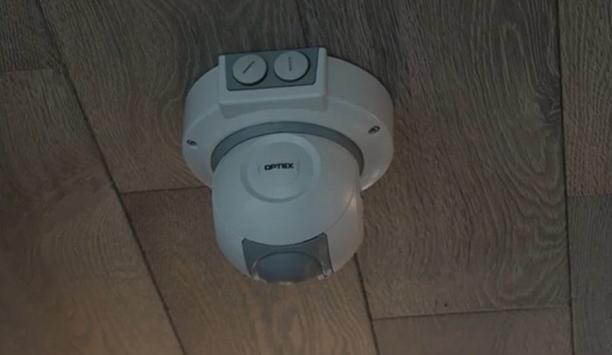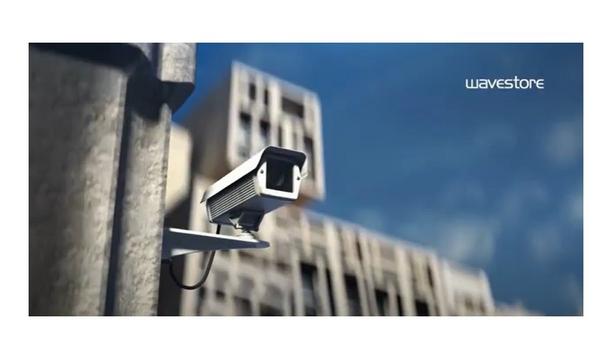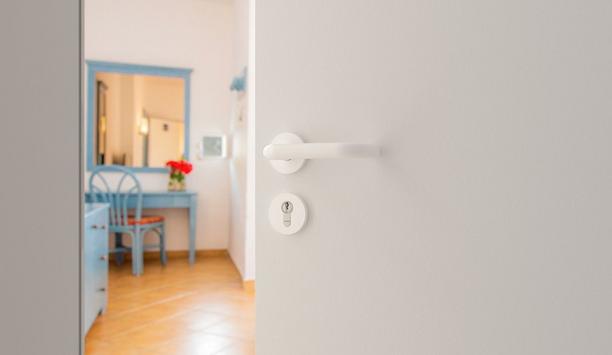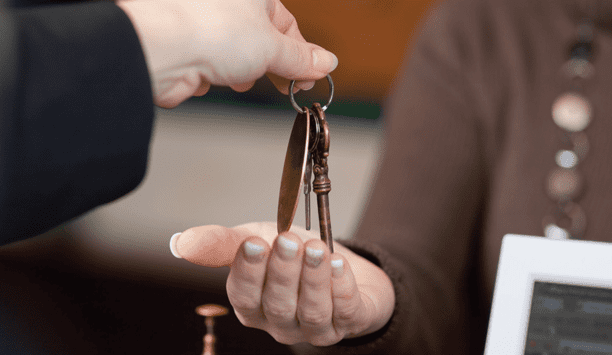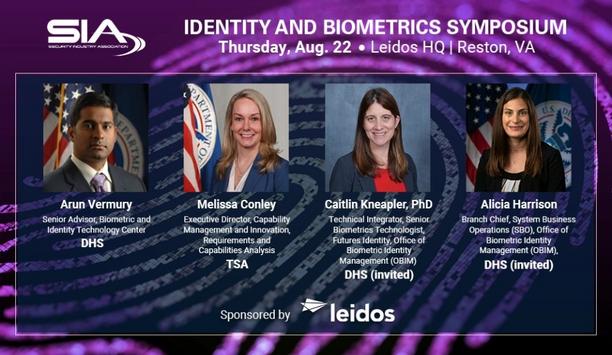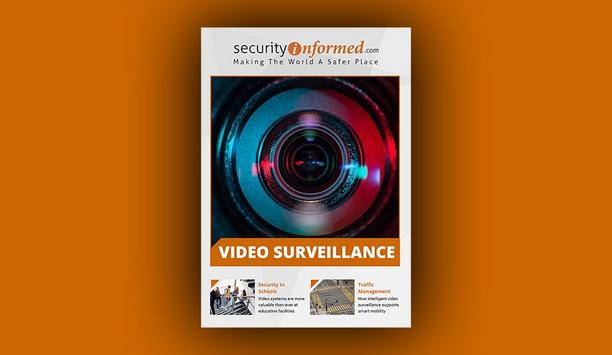Security at healthcare premises has never been higher on the agenda. Patients expect safety and privacy. Yet many medical locations must be open and accessible around the clock. The protection of drugs, vaccines, equipment, and data makes it critical to know who accesses where, and when. Mechanical lock-and-key security was not designed to meet these challenges.
Wireless locking devices provide the easiest upgrade or replacement for any access system based on mechanical or magnetic locks. Smartcards, programmable keys, or secure mobile keys stored on a smartphone can replace cumbersome physical keys.
Online locking systems
When access control extends throughout a hospital, healthcare professionals waste less of their valuable time searching for the right key. A personalized credential is pre-programmed to open every door, lock, or store they need to access.
A personalized credential is pre-programmed to open every door, lock, or store they need to access
For building managers and healthcare agencies, wireless devices make it cost-effective to add electronic control to many more areas of a building. With online locking systems, facility managers monitor and manage premises in real-time, viewing the status of doors, medicine cupboards, and server racks from one software interface.
Physical key management
Example #1: Upgrading to intelligent physical keys - Physical key management can hinder patient care, as pharmacy nurses at the UK’s Queen Elizabeth Hospital, Birmingham discovered. An older, mechanical system made it difficult to find who held the right keys for medicine stores. Nurses were wasting valuable time searching. Managers identified a better solution: CLIQ® electromechanical locks.
With CLIQ, power to each access control lock is supplied by a standard battery inside every key. No wires are required, so this is an easy retrofit solution for doors, cabinets, and drug trolleys. Each employee carries one programmable key to open all authorized locks. “The message from nursing staff is that patients are getting medicines much easier and in a more timely fashion,” says Inderjit Singh, Chief Pharmacist at QE Birmingham. “For us, the key return on investment is the quality of service we’re providing.”
Swapping mechanical lock
The hospital added secure doors without excessive installation or operating costs
Example #2: Integrating hardware to extend access control - Swapping a mechanical lock for a battery-powered device can link another door to an existing access control system. It instantly upgrades security for sensitive offices and drug stores.
At the Haute Savoie region’s new hospital, managers selected Aperio locking integrated online with an ARD security system. Because Aperio locks are wireless and integrate easily with any access system, the hospital added secure doors without excessive installation or operating costs. Staff no longer waste time hunting down keys. “Having just a single badge — and not having to carry around heavy keys — has been a major advantage,” says Béatrice Dequidt, Health Executive at CHMS. “We have implemented internal HR management procedures, creating badges that are automatically integrated into ARD's operating software,” adds Alain Gestin, CHMS’s IT Systems Architect.
Access control system
Example #3: Mobile keys to reducing shared touchpoints - Multiple key systems; varied openings including fire doors, glass doors, offices, pharmacies, car parks, and lifts; hundreds of workers and contractors whose access permissions constantly change. Faced with these challenges, Hospital MAZ, in Zaragoza, upgraded their mechanical locking to a new SMARTair Wireless Online electronic access control system. Because SMARTair Wireless Online updates in real-time via communications hubs, security managers handle everything from the central system.
Staff and contractors carry a single smartcard ID, programmed with individual permissions
Staff and contractors carry a single smartcard ID, programmed with individual permissions. At any time, hospital managers can upgrade to SMARTair Openow mobile access without changing lock hardware. This option offers contactless entry for employees, who keep mobile keys updated on their own smartphones. "We have achieved all our objectives with the installation of the system,” says Miguel Angel Hernández Jerez at Hospital MAZ.
Electronic PIN lock
Example #4: Door security without software - In any busy medical facility, it is easy to leave a door unlocked. With expensive equipment or controlled drugs on the other side, any opening invites opportunists. Installing a Code Handle® electronic PIN lock takes the worry away — without the need for any complex installation or software activation.
In Spain’s Basque Country, Fylab chose this simple solution for three consulting-room doors. “I am no artist or handyman, but I managed to fit the handles within 10 minutes,” says Fylab founder, Borja Saldias Retegui. Their Code Handle devices secure both wooden and glass doors, keeping equipment and personal belongings safe.

